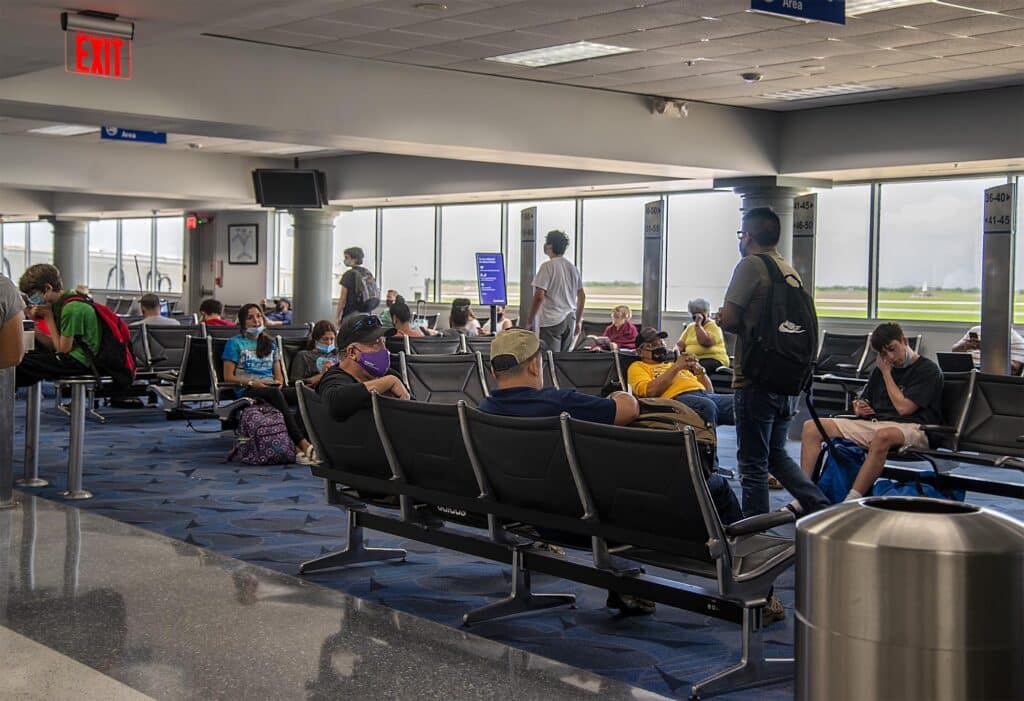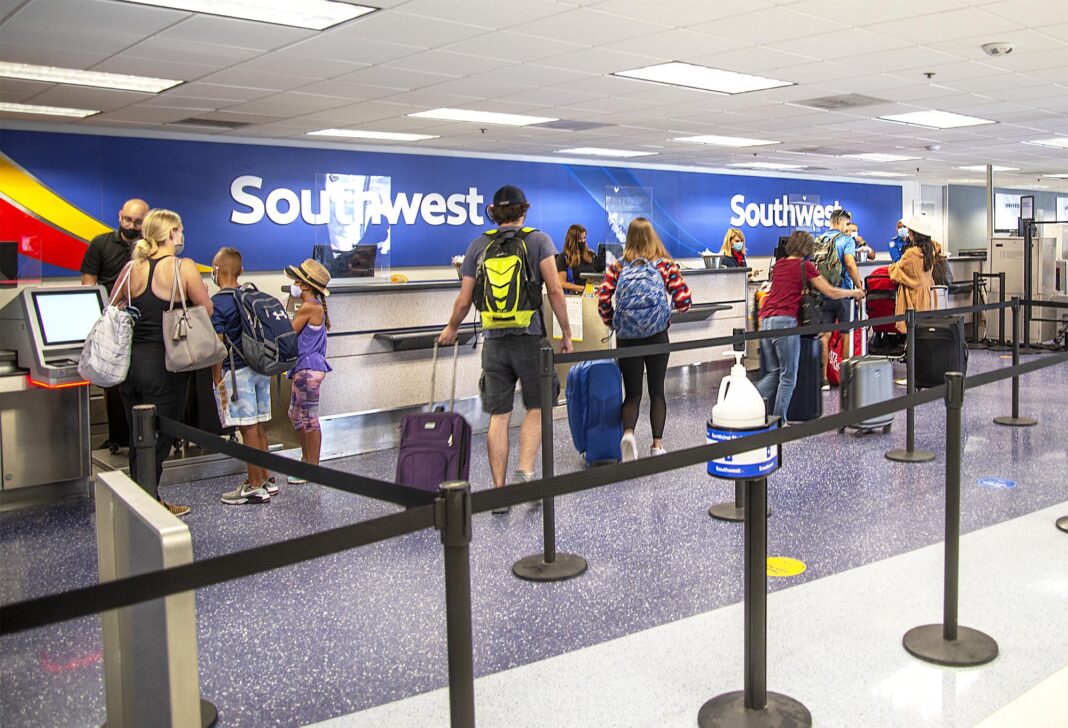HARLINGEN — Regional airports, like those here in the Rio Grande Valley, are becoming increasingly important in fulfilling travel needs.
A new study by the website FinanceBuzz shows Valley International Airport is one of the nation’s leaders in affordable domestic air travel.
The latest ranking puts VIA at No. 17 when it comes to affordability in a list of 95 U.S. regional airports. The average cost of a ticket at VIA is just $258.75. Interestingly, that’s $92.99 less per ticket than the previous year.
No other Valley airport was on the list of cheapest and most expensive regional airports, since only the Top 25 and Bottom 25 were revealed.
But the survey, conducted using data collected by the U.S. Department of Transportation, did note that Brownsville-South Padre Island International Airport was the second-biggest mover in flights becoming more expensive, up 27 spots.
So why the big drop in the cost of a flight at VIA?
“The airlines are trying to get folks back in the air,” said Jose Mulet, director of air service and business development at VIA. “As a result, they are publishing fare sales almost every week.”
“If one airline puts out a sale, the others match it,” he added. “So, for example, there is a nonstop flight to Dallas Love on Southwest for $89 now, then American will most likely match the fare on their nonstop to DFW from HRL.”
The discount fares apply throughout the entire airlines’ networks, Mulet said.
“In addition to the ongoing fare sales, airlines like Frontier, Viva Aerobus and Sun Country will offer a ‘basic fare’, but then you pay extra for carry on, advance seat selection, checked bag,” Mulet said. “Those fees are called ancillary revenue, or revenue from non-ticket sources.”
“The advantage for the passenger is that they can choose ‘a la carte’ which service they need and only pay for that item,” he added. “In addition, there is no sales tax on those extra fees.”

Mulet said it boils down to doing your research when planning a trip, and it’s especially important for those of who fly just once or twice a year.
Here are some travel tips he passed along:
>> Shop pricing, but consider any fees that could be added to the fare.
>> Shop routing. Which connecting airport offers more frequencies to my final destination, for example. Type of aircraft, open seating or assigned seating.
>> Try to leave in the morning. Afternoon flights usually suffer more delays due to weather than those earlier in the day.
>> There are so many weather apps now. It is important to check the weather on your route early on the morning of your flight.
>> When connecting at a large hub such as Dallas Fort Worth International or George Bush Intercontinental Airport Houston, be sure you have enough connecting time to get to the next gate. Familiarize yourself with the layout of the airport. You might have to take a train or bus to the connecting terminal.
>> If you have a carry-on bag, keep in mind that if you board the plane toward the end of the boarding process, most likely all the bin spaces will be taken. If that is a big priority (to keep the carry-on with you), consider priority boarding, or seating in the last eight rows of the aircraft as airlines usually start boarding from the rear of the aircraft first. Also, many times if the airplane is not full, there tend to be more open seats toward the rear.
MORE INFORMATION:
Five cheapest regional airports, based on average cost of passenger ticket:
>> Provo Municipal, Provo, Utah ($105.51)
>> Arnold Palmer Regional, Latrobe, Pennsylvania ($107.87)
>> Rickenbacker International, Columbus, Ohio ($114.94)
>> Trenton Mercer, Trenton, New Jersey ($120.02)
>> Scott AFC/Midamerica, Belleville, Illinois ($120.10)
Five most expensive regional airports, based on average cost of passenger ticket:
>> Eagle County Regional, Eagle, Colorado ($518.92)
>> Aspen-Pitkin County/Sardy Field, Aspen, Colorado ($500.50)
>> MBS International, Saginaw, Michigan ($464.75)
>> University of Illinois-Willard, Savoy, Illinois ($458.36)
>> Jackson Hole, Jackson, Wyoming ($447.66)
(Source: FinanceBuzz)




